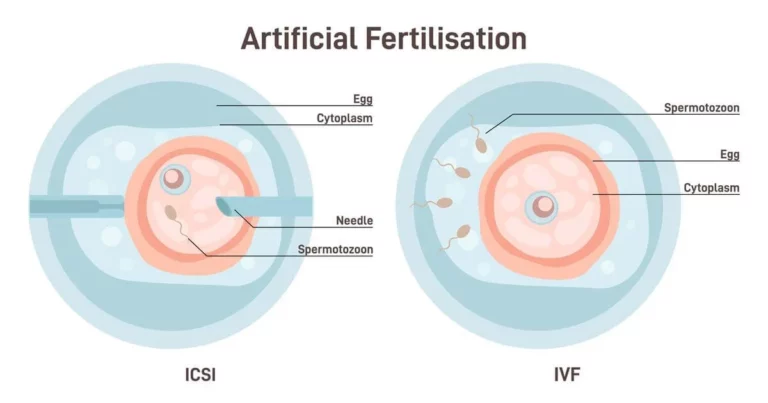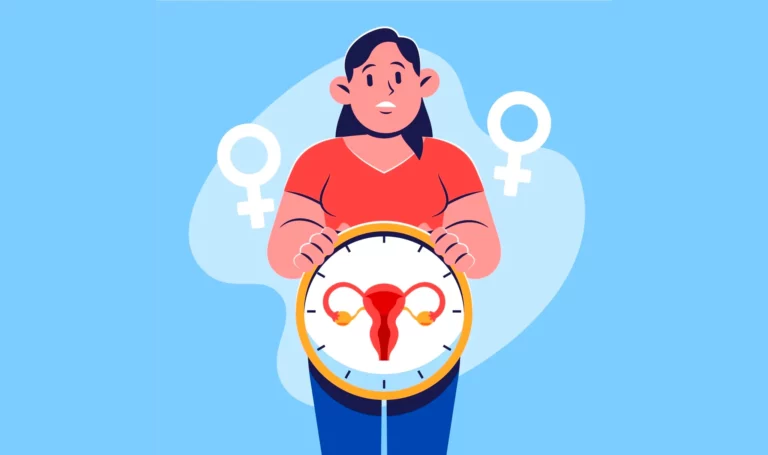Do you have a bad obstetric history? Are you trying to have a baby and failing consecutively?
This article is a helpful comprehensive guide with an in-depth explanation of the bad obstetric history (BOH) profile, its classification, causing factors, diagnosis and available treatments.
What is Bad Obstetric History (BOH)?
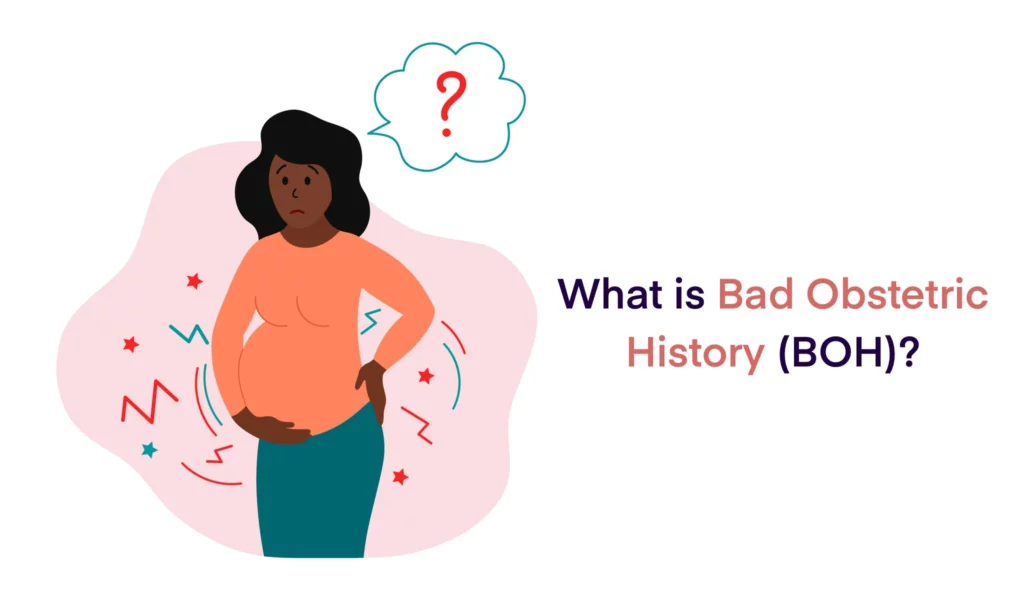
Bad Obstetric History, more commonly known by its abbreviation BOH, is a woman’s history of past pregnancies that had complications and resulted in stillbirths, miscarriages or other unfavorable outcomes. In a more general term, women may often have certain conditions that might affect their potential to sustain a healthy pregnancy.
There can be a number of reasons why a woman may have a bad obstetric history (BOH). When a couple sees an obstetrician due to recurrent miscarriages, the obstetrician often looks for the woman’s BOH profile to identify and understand the cause leading to the unfavorable fetus outcome.
Now, the question is, how does an obstetrician identify if the woman has a bad obstetric history (BOH)?
Classification of BOH
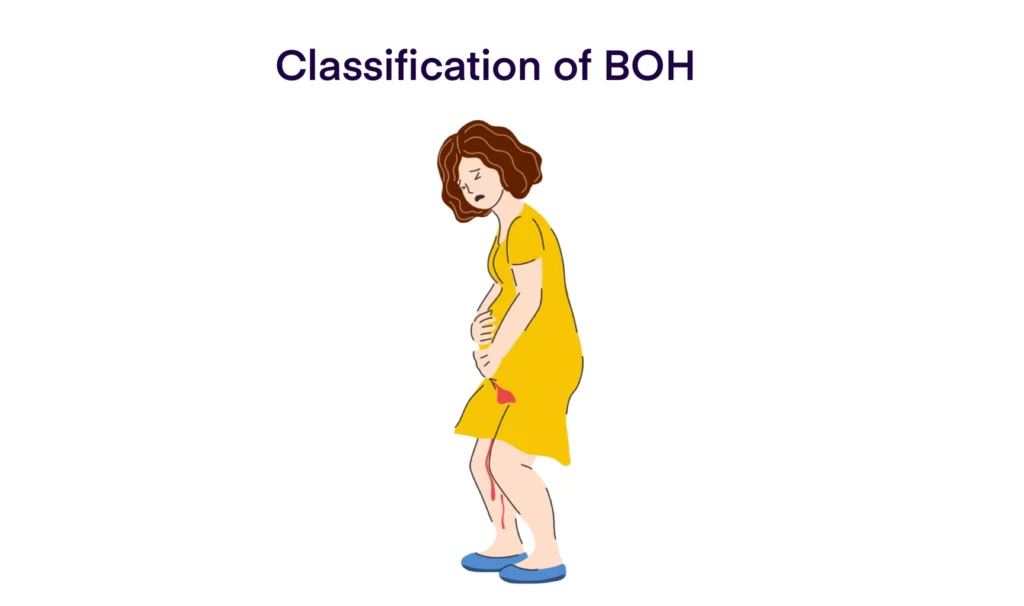
When classifying a woman under BOH, an obstetrician looks if the woman had a history of any of the following outcomes during her past pregnancies:
- Recurrent miscarriages: A woman who conceives but has recurrent miscarriages, especially during her first or second pregnancy trimester.
- Intrauterine deaths: The baby dies in the uterus.
- Neonatal deaths: Death of the infant baby within a month of birth.
- Birth defects: The baby has function or structure related abnormalities that are prenatal.
- Preterm labor: Experiencing labor earlier than normal, usually from week 20 to week 37 of pregnancy. Preterm labor leads to premature birth that imposes a high risk of health problems on the baby.
- Stillbirths: The baby dies before or during the delivery.
- Severe intrauterine growth restriction (IUGR): Also called fetus growth restriction, IUGR is when a fetus does not grow as normal.
If the woman falls under any of the above mentioned outcomes, she is considered to have a bad obstetric history (BOH). Well, it is not enough to just assess the condition but also to find out what caused the condition, so an appropriate treatment could be offered.
Factors that Contribute to BOH

There are multiple factors that contribute to BOH. Some of these common factors, causes, or reasons are:
- Genetic factors: Around 50 percent of the miscarriages that occur are due to chromosomal abnormality which is a genetic factor. When there are extra or missing chromosomes, it causes failure as the fetus divides and grows, eventually resulting in a pregnancy loss in the first or second trimester. Also, another genetic condition called thrombophilia can stop fetus growth by causing abnormal blood clots, resulting in a miscarriage eventually.
- Hormonal disorders: Pregnancy hormones are required to maintain the baby’s growth and health in the womb. Hormonal imbalances can lead to complications and unfavorable pregnancy outcomes.
- Abnormal immune response: Otherwise called autoimmune response, it is a condition when your immune system starts to abnormally attack the fetus itself, considering it harmful. This often leads to pregnancy losses.
- Maternal infections: Some maternal infections including herpes, hepatitis B, rubella, syphilis, and cytomegalovirus damage the fetus and lead to unfavorable outcomes.
- Pre-eclampsia: It is a high blood pressure condition in pregnant women that affects the blood and oxygen supply to the placenta. The lack of blood and oxygen can disturb the fetus’s growth and result in unfavorable pregnancy outcomes.
The above mentioned are some common causes of a bad obstetric history (BOH). Before you start to consider a treatment, it is very important that you first identify the root factor causing BOH and take an appropriate treatment accordingly.
If you have had recurrent pregnancy losses, a good obstetrician will always assert that you take a BOH profile blood test so that the obstetrician can identify the cause of BOH and offer tailored treatment for a healthy next pregnancy.
But, how is the BOH profile test performed?
Diagnosis of BOH
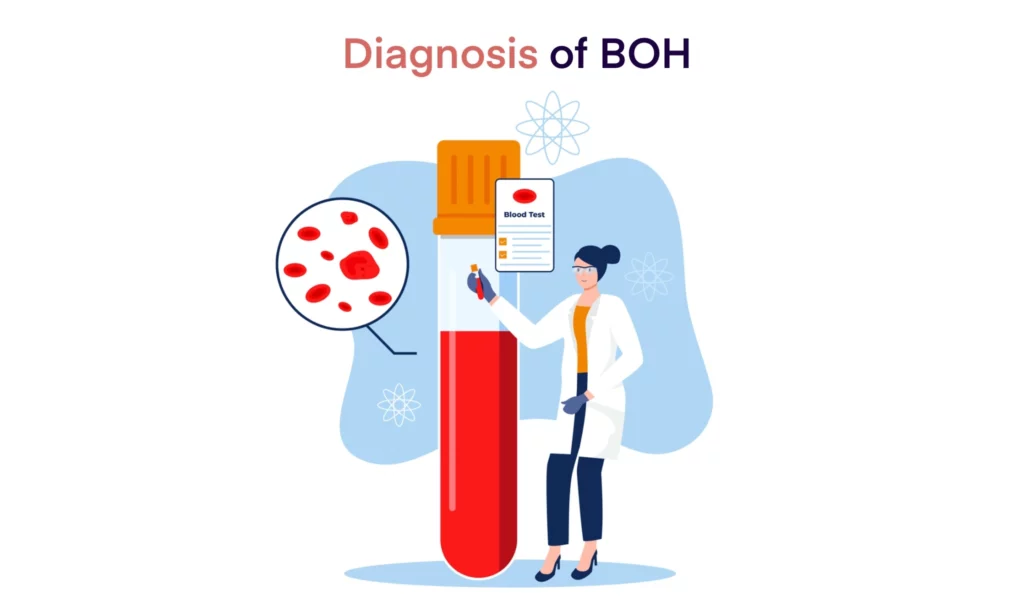
When you are attempting to get pregnant after having consecutive pregnancy losses previously, it will be foremost that you diagnose its root cause and switch to a more appropriate treatment. In most cases, an obstetrician will recommend undergoing a simple blood test to determine your bad obstetric history, called a BOH profile blood test.
BOH profile test procedure
Like any other blood test, a tiny needle is used to take a blood sample from the vein of one of your arms. But specifically for the BOH test, obstetricians usually suggest that the patient is fasting overnight before blood sample collection.
BOH profile test details
A bad obstetric history test is intended to find out the root cause for consecutive pregnancy losses. Following are some common BOH inducing factors that are assessed in a BOH blood test, that include:
- Anti-nuclear antibodies (ANAs): Antibodies that attack normal and healthy proteins in a cell’s nucleus are called ANAs. As the embryo implants and continues to grow, these ANAs attack the healthy fetus.
- Anti-phospholipid antibodies (APAs): APAs promote blood clotting in pregnant women. Women who have anti-phospholipid antibodies present in their body encounter consecutive pregnancy losses due to lack of blood supply in the placenta, affecting oxygen, nutrients and blood supply to the fetus. About 15-20% of pregnant women who undergo recurrent miscarriages are found to be affected by APAs. There are a few types of APAs that are: lupus anticoagulant (LA), anti-cardiolipin antibodies (ACAs), and anti-beta-2-glycoprotein I antibodies (AB2GPI).
- TORCH infections: TORCH is a set of infections including toxoplasmosis, rubella, cytomegalovirus and herpes. All these infections are harmful to the fetus.
BOH profile test cost
As we talk about BOH profile test price, the panel test can cost between 5k to 15k on an average varying from lab to lab and locality to locality.
Available Treatments for BOH

The treatment considered for bad obstetric history (BOH) utterly depends on its root cause. Following are some common available treatment approaches for BOH.
- Karyotype analysis: Otherwise known as chromosome analysis, karyotype analysis is a test performed to examine the chromosomal abnormalities in the patient and her partner. In a normal meiosis process, each parent gives 23 chromosomes to the fertilized egg, 46 in total. Now, if there is a missing (monosomy) or an extra (trisomy) chromosome abnormally or there is chromosomal structure problem, the fetus may not sustain and miscarry. A treatment is approached accordingly.
- Infection screening: TORCH infection test is performed to check for antibodies that may be causing BOH. Post screening, appropriate treatments are considered to treat the infections.
- Endocrine monitoring: To identify if the BOH is induced by abnormal production of some hormones by the endocrine system, certain hormones including prolactin levels, anti-thyroid antibodies and thyroid-stimulating hormone are monitored. If abnormality is found, medication is prescribed accordingly.
How to Manage Pregnancy with BOH

If you are worried whether you can get pregnant after having a bad obstetric history, the short answer is, yes you can.
Undoubtedly, it can be difficult to sustain a pregnancy while having BOH. But, with appropriate treatment and the right approach towards pregnancy can help you have a healthy pregnancy. It is always recommended that if you have had consecutive pregnancy losses and want to try again, seeking help from a fertility specialist is the best.
First and foremost, you should be taking a BOH profile blood test to identify the root cause of your pregnancy losses. And then, an appropriate treatment approach can be adopted to first eliminate the root cause of BOH. As the condition is treated, the fertility doctor can help the patient get pregnant and maintain a healthy pregnancy.
The Bottom Line

If you have also had a history of consecutive unfavorable pregnancy outcomes, it is likely that you have a bad obstetric history (BOH). When you have BOH, you are unlikely to maintain a healthy pregnancy and your baby may end up in a miscarriage, stillbirth or neonatal death of the baby.
But, by diagnosing the root cause of BOH, you can manage it and have a healthy pregnancy. BOH diagnosis can be done by a simple blood test which identifies the infection or antibodies causing the unfavorable outcomes and helps the doctor treat them appropriately. When you have treated BOH, you can take help from a fertility specialist to assist your pregnancy journey.




